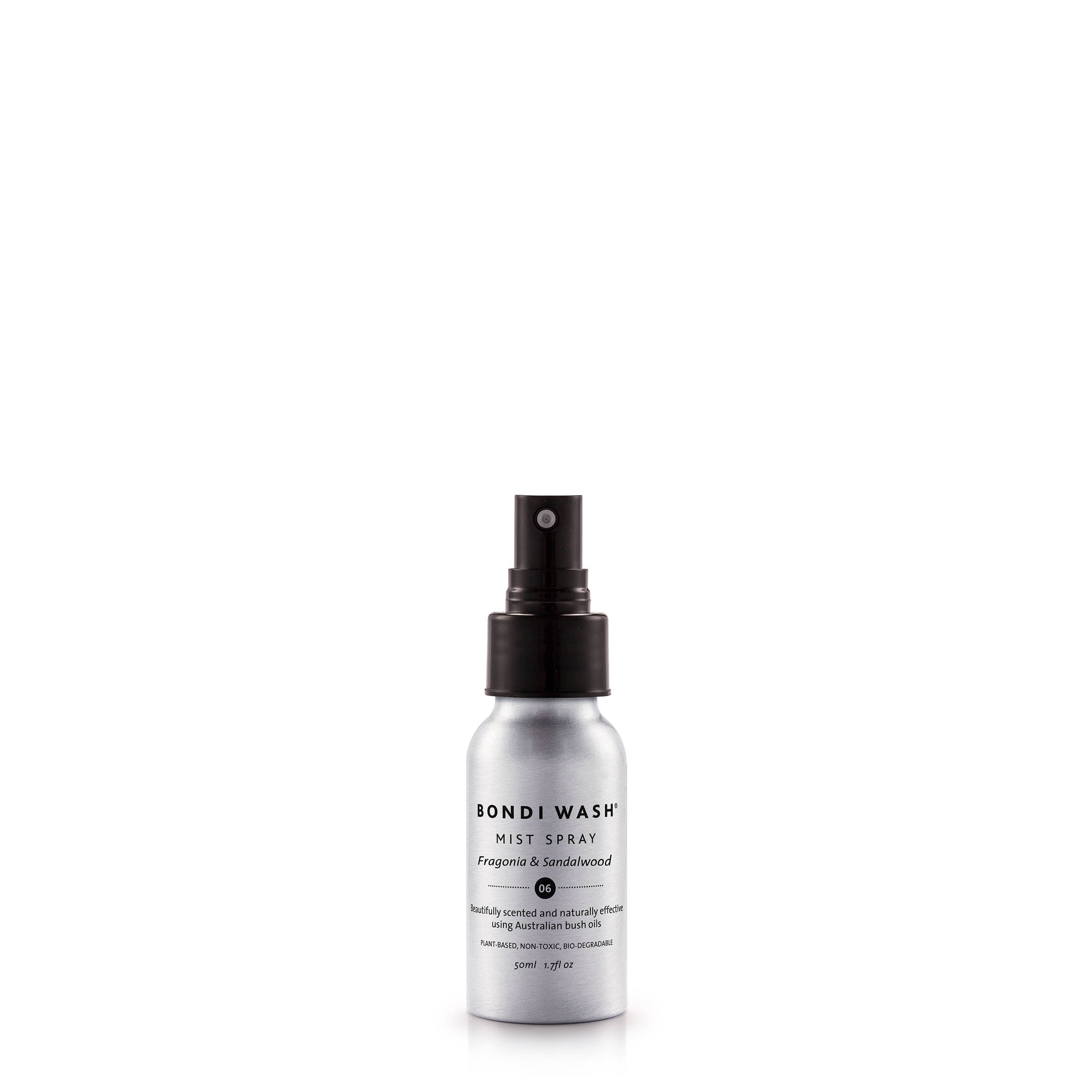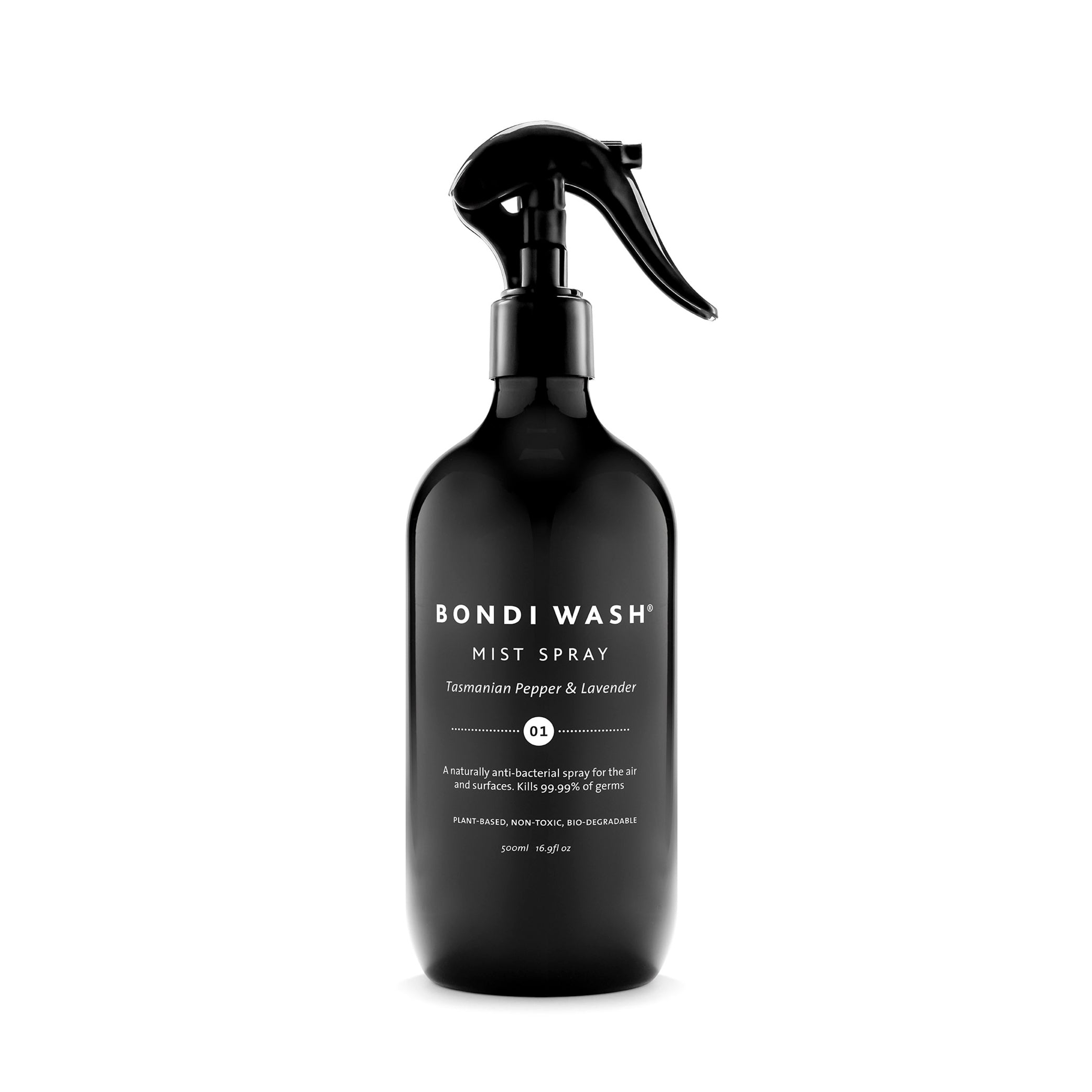Glyphosate is a broad-spectrum herbicide and crop desiccant. Farmers have relied upon glyphosate-based herbicides to kill unwanted vegetation for decades and the herbicide is widely sprayed on crops like wheat and pulses prior to harvest. Its function is to prevent plants from making certain proteins that are needed for plant growth by interfering with the plants ability to uptake nutrients such as calcium, iron, magnesium and nickel from the soil. It also acts as an antibiotic to kill bacteria both in the soil, and in our own gut - both of which are incredibly important for plant growth and human health.
Numerous laboratory studies have been performed to understand how glyphosate affects human health following inhalation, ingestion or dermal contact. A 2003 study published a strong link between glyphosate-based herbicide use and non-Hodgkin lymphoma. A 2008 study also confirmed that exposure to glyphosate tripled the risk of non-Hodgkin lymphoma. In 2015, the World Health Organisation’s International Agency for Research on Cancer (IARC) concluded that glyphosate was “probably carcinogenic”. In 2017, glyphosate was classified as a “known carcinogen” by California’s Office of Environmental Health Hazard Assessment.
A plethora of scientific studies have shown that exposure can result in various additional health conditions including hypertension, diabetes, obesity, senile dementia, inflammatory disease, thyroid and liver cancer. Additionally, high doses of glyphosate administered to rats and mice have shown that exposure can result in developmental delays, kidney damage, hepatomegaly, hepatitis and gastric disease.
Public concern over glyphosate toxicity is on the rise after Monsanto was recently found guilty in covering up their cancer causing product - Roundup. In Australia, Roundup (glyphosate) is sprayed on wheat, canola, chick peas, fava beans, lentils, mung beans, field peas, adzuki beans, cow peas, lupins, pigeon peas, vetch and soybeans. This dangerous herbicide cannot be removed from food by washing as it is absorbed into the plant during growth. A new round of testing by the Environmental Working Group (EWG) have found alarming levels of glyphosate in a number of popular breakfast cereals and oat-based foods.
As one of the most widely used herbicides in modern day agriculture there is an urgent need for governing bodies to control and impose restrictions on the use of glyphosate-based herbicides such as Roundup. In order to avoid high-levels of glyphosate in food, it is best to buy certified organic where possible. You can also read the list of foods containing glyphosate residue here, as listed recently by the EWG.


































